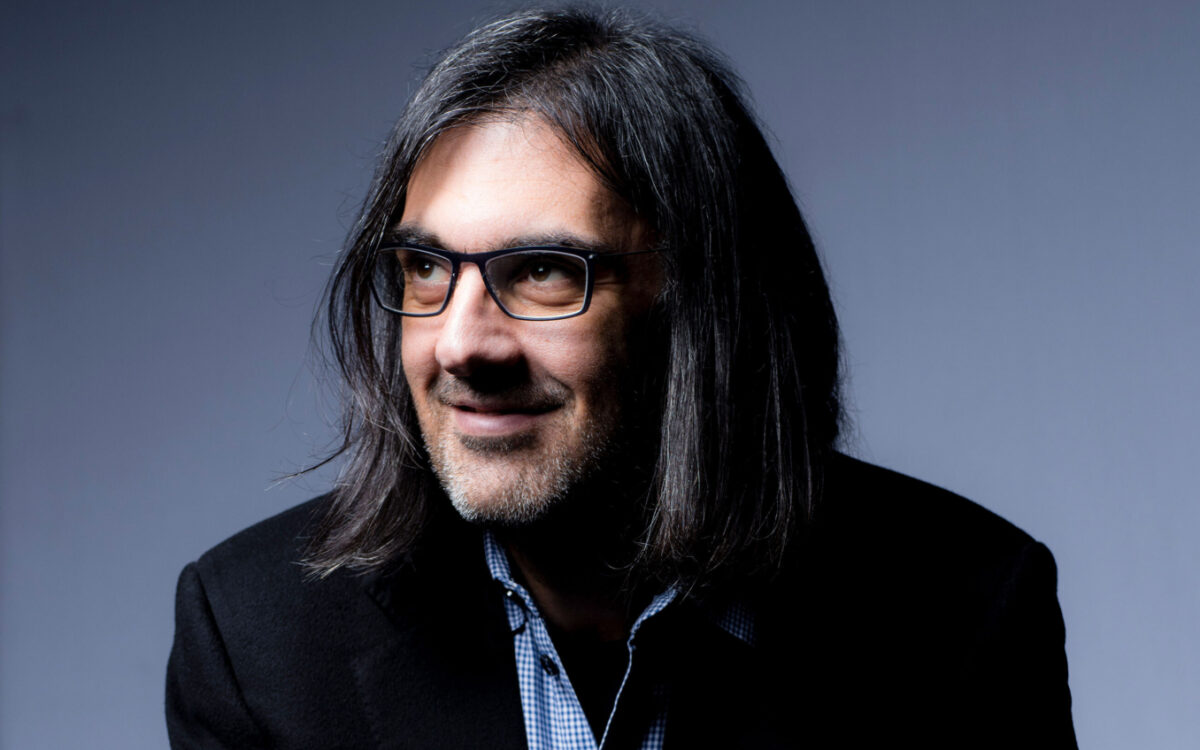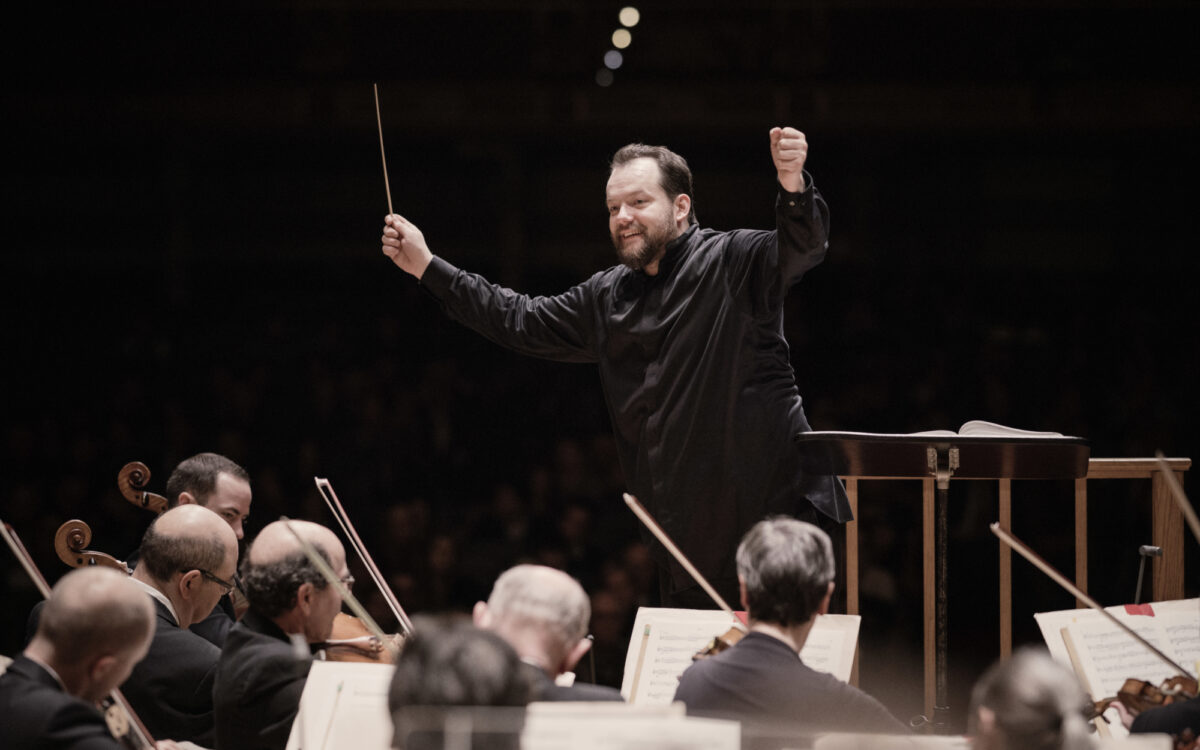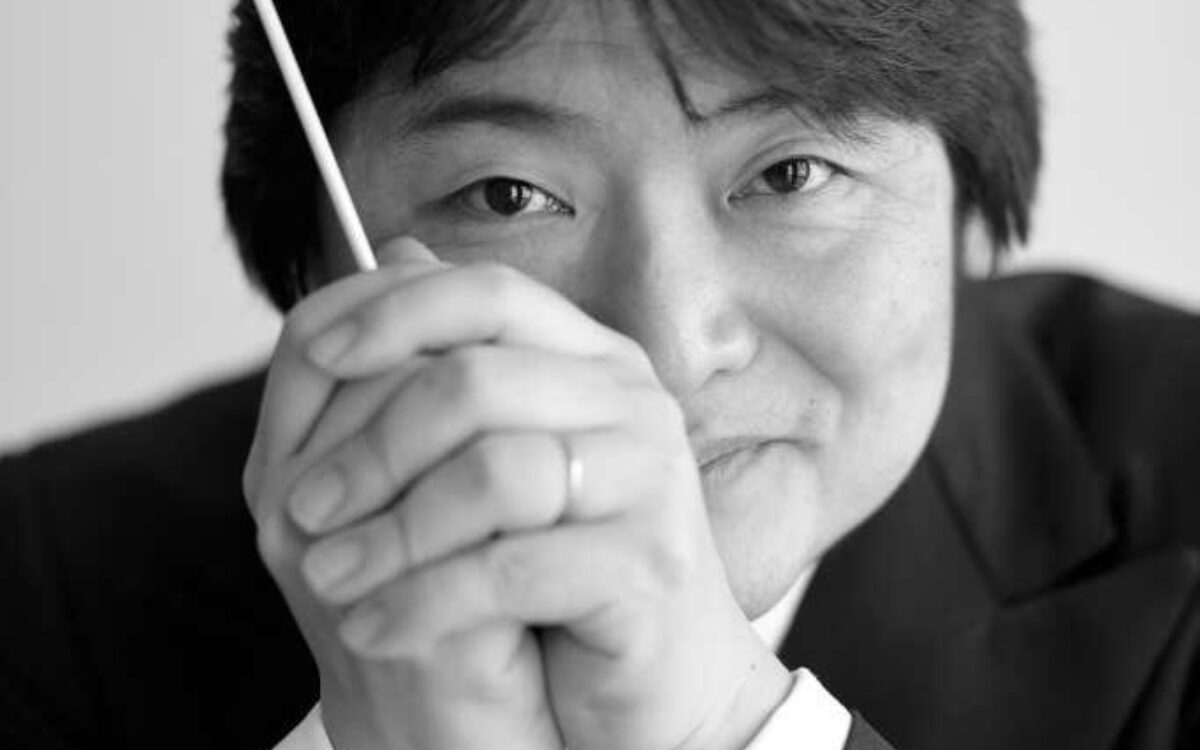Symphonie fantastique
Quick Facts
- Composer’s life: Born at La Côte-St-André (near Grenoble), Department of Isère, France, on December 11, 1803, and died in Paris on March 8, 1869
- Year completed: 1830
- First performance: December 5, 1830, Paris, François-Antoine Habeneck cond.
- First BSO performance: December 19, 1885, Wilhelm Gericke cond. (preceded by performances of the waltz and slow movement under Gericke and Emil Paur)
- First Tanglewood performance: August 8, 1948, Eleazar de Carvalho cond.
Berlioz’s Symphonie fantastique is scored for 2 flutes, piccolo, 2 oboes, English horn, 2 clarinets, E-flat clarinet, 4 bassoons, 4 horns, 2 cornets, 2 trumpets, 3 trombones, 2 tubas (originally ophicleides), timpani, bass drum, snare drum, cymbals, bells, 2 harps, and strings (first and second violins, violas, cellos, and double basses).
On December 9, 1832, in true storybook fashion—and as vividly recounted in his own Memoirs—Hector Berlioz won the heart of his beloved Harriet Smithson, whom he had never met, with a concert including the Symphonie fantastique, for which she had unknowingly served as inspiration when the composer fell hopelessly in love with her some years before. The two met the next day and were married on the following October 4. The unfortunate but true conclusion to this seemingly happy tale is that Berlioz and his “Henriette,” as he called her, were formally separated in 1844.
Berlioz saw the Irish actress Harriet Smithson for the first time on September 11, 1827, when she played Ophelia in Hamlet with a troupe of English actors visiting Paris. By the time of her departure from Paris in 1829, Berlioz had made himself known to her through letters but they did not meet. By February 6, 1830, he had hoped to begin his “Episode from the life of an artist,” a symphony reflecting the ardor of his “infernal passion,” but his creative capabilities remained paralyzed until that April, when gossip (later discredited) linking Harriet with her manager provided the impetus for him to conceive a program that ended with the transformation of her previously unsullied image into a participant in the infernal witches’ sabbath whose depiction makes up the last movement of the Symphonie fantastique. The work had its first performance on December 5, 1830, paired on a concert with Berlioz’s Prix de Rome-winning cantata La Mort de Sardanapale, which represented his fourth attempt at that prize.
Before Berlioz returned to Paris from Rome (where he was required to live and study while supported by his Prix de Rome stipend) in November 1832, he had subjected the second and third movements of his symphony to considerable revision. At the fateful concert of December 9, 1832, the Fantastique was paired with its sequel, the now virtually unknown Lélio, or The Return to Life, the “return” representing the artist’s awakening to his senses from the opium dream depicted in the Symphonie fantastique’s program. Berlioz, overwhelmed by the coincidence of Harriet’s being back in Paris at the same time, successfully conspired to provide her with a ticket to the concert; and so it was, when the speaker in Lélio declaimed the line “Oh, if only I could find her, the Juliet, the Ophelia, for whom my heart cries out…,” that Harriet found herself as taken with Berlioz as he with her.
And what of the music itself? Though he ultimately came to feel that the titles of the individual movements spoke well enough for themselves, the composer originally specified that his own detailed program—a version of which appears at the end of this note—be distributed to the audience at the first performance. For present purposes, it is worth quoting from that program’s opening paragraph, with its reference to the symphony’s principal musical theme:
A young musician of morbidly sensitive temperament and fiery imagination poisons himself with opium in a fit of lovesick despair. The dose of the narcotic, too weak to kill him, plunges him into a deep slumber accompanied by the strangest visions, during which his sensations, his emotions, his memories are transformed in his sick mind into musical thoughts and images. The loved one herself has become a melody to him, an idée fixe as it were, that he encounters and hears everywhere.
The idée fixe, as much a psychological fixation as a musical one, is introduced in the violins and flute at the start of the first movement’s Allegro section, the melody in fact having been lifted by the composer from his own 1828 cantata Herminie, which took second prize in his second attempt at the Prix de Rome. In his score, Berlioz calls for a repeat of this section, presumably to ensure that the idée fixe be properly implanted in the ear, and mind, of his listeners. Its appearance “everywhere” in the course of the symphony includes a ball in the midst of a brilliant party (for sheer atmosphere, one of the most extraordinarily beautiful movements in Berlioz’s orchestral output); during a quiet summer evening in the country (where it appears against a background texture of agitated strings, leading to a dramatic outburst before the restoration of calm); in the artist’s last thoughts before he is executed, in a dream, for the murder of his beloved (at the end of the March to the Scaffold, whose characterization by Berlioz as “now somber and ferocious, now brilliant and solemn” suggests a more generally grim treatment than this music, played to death as an orchestral showpiece, usually receives); and during his posthumous participation in a wild witches’ sabbath, following his execution, at which the melody representing his beloved appears, grotesquely transformed, to join a “devilish orgy” whose diabolically frenzied climax combines the Dies irae from the Mass for the Dead with the witches’ round dance.
Today it is easy to forget that when the Symphonie fantastique was new, Beethoven’s symphonies had just recently reached France, Beethoven himself having died only in 1827, just half a year before the 23-year-old Berlioz first saw Harriet Smithson. And Berlioz’s five-movement symphony, with its much more specific programmatic intent, is already a far cry even from Beethoven’s own Pastoral Symphony of 1808. David Cairns, whose translation of Berlioz’s Memoirs is the one to read, has written that “Berlioz in the ‘Fantastic’ symphony was speaking a new language: not only a new language of orchestral sound…but also a new language of feeling,…the outward and visible sign of which was the unheard of fastidiousness with which nuances of expression were marked in the score.”
Countless aspects of this score are representative of Berlioz’s individual musical style. Among them are his rhythmically flexible, characteristically long-spun melodies, of which the idée fixe is a prime example; the quick (and equally characteristic) juxtaposition of contrasting harmonies, as in the rapid-fire chords near the end of the March; his precise concern with dynamic markings (e.g., a clarinet solo in the Scene in the Country begins at a “very, very, very soft” pppp dynamic, the sort of marking we normally associate with such much later composers as Tchaikovsky or Mahler); and the telling and often novel use of particular instruments, whether the harps at the Ball; the unaccompanied English horn in dialogue with the offstage oboe at the start of the scene in the Country; the drums, used to create distant thunder (with four players specified) at the end of that same Scene, and then immediately called upon to chillingly different effect at the start of the March; or the quick tapping of bows on strings to suggest the dancing skeletons of the Witches’ Sabbath. And all of this becomes even more striking when one considers that the Symphonie fantastique is the composer’s earliest big orchestral work, composed when he was not yet 30, and that the great, mature works—Roméo et Juliette, The Damnation of Faust, the operas Les Troyens and Béatrice et Bénédict among them—would follow only years and decades later.
Marc Mandel
Marc Mandel joined the staff of the Boston Symphony Orchestra in 1978 and managed the BSO’s program book from 1979 until his retirement as Director of Program Publications in 2020.
Berlioz’s own program note for Symphonie fantastique
Program of the Symphony
A young musician of morbidly sensitive temperament and fiery imagination poisons himself with opium in a fit of lovesick despair. The dose of the narcotic, too weak to kill him, plunges him into a deep slumber accompanied by the strangest visions, during which his sensations, his emotions, his memories are transformed in his sick mind into musical thoughts and images. The loved one herself has become a melody to him, an idée fixe as it were, that he encounters and hears everywhere.
Part I—Reveries, Passions
He recalls first that soul-sickness, that vague des passions, those depressions, those groundless joys, that he experienced before he first saw his loved one; then the volcanic love that she suddenly inspired in him, his frenzied suffering, his jealous rages, his returns to tenderness, his religious consolations.
Part II—A Ball
He encounters the loved one at a dance in the midst of the tumult of a brilliant party.
Part III—Scene in the Country
One summer evening in the country, he hears two shepherds piping a ranz des vaches in dialogue; this pastoral duet, the scenery, the quiet rustling of the trees gently brushed by the wind, the hopes he has recently found some reason to entertain—all concur in affording his heart an unaccustomed calm, and in giving a more cheerful color to his ideas. But she appears again, he feels a tightening in his heart, painful presentiments disturb him—what if she were deceiving him?—One of the shepherds takes up his simple tune again, the other no longer answers. The sun sets—distant sound of thunder—loneliness—silence.
Part IV—March to the Scaffold
He dreams that he has killed his beloved, that he is condemned to death and led to the scaffold. The procession moves forward to the sounds of a march that is now somber and fierce, now brilliant and solemn, in which the muffled sound of heavy steps gives way without transition to the noisiest clamor. At the end, the idée fixe returns for a moment, like a last thought of love interrupted by the fatal blow.
Part V—Dream of a Witches' Sabbath
He sees himself at the sabbath, in the midst of a frightful troop of ghosts, sorcerers, monsters of every kind, come together for his funeral. Strange noises, groans, bursts of laughter, distant cries which other cries seem to answer. The beloved’s melody appears again, but it has lost its character of nobility and shyness; it is no more than a dance tune, mean, trivial, and grotesque: it is she, coming to join the sabbath.—A roar of joy at her arrival.—She takes part in the devilish orgy.—Funeral knell, burlesque parody of the Dies irae, sabbath round-dance. The sabbath round and the Dies irae combined




